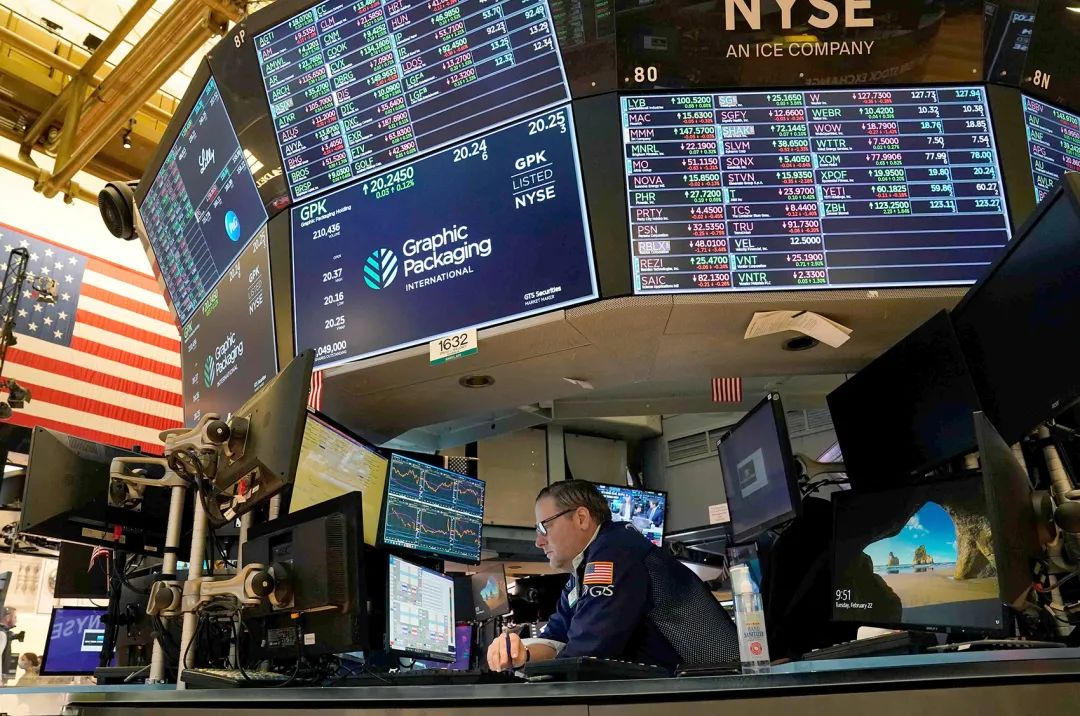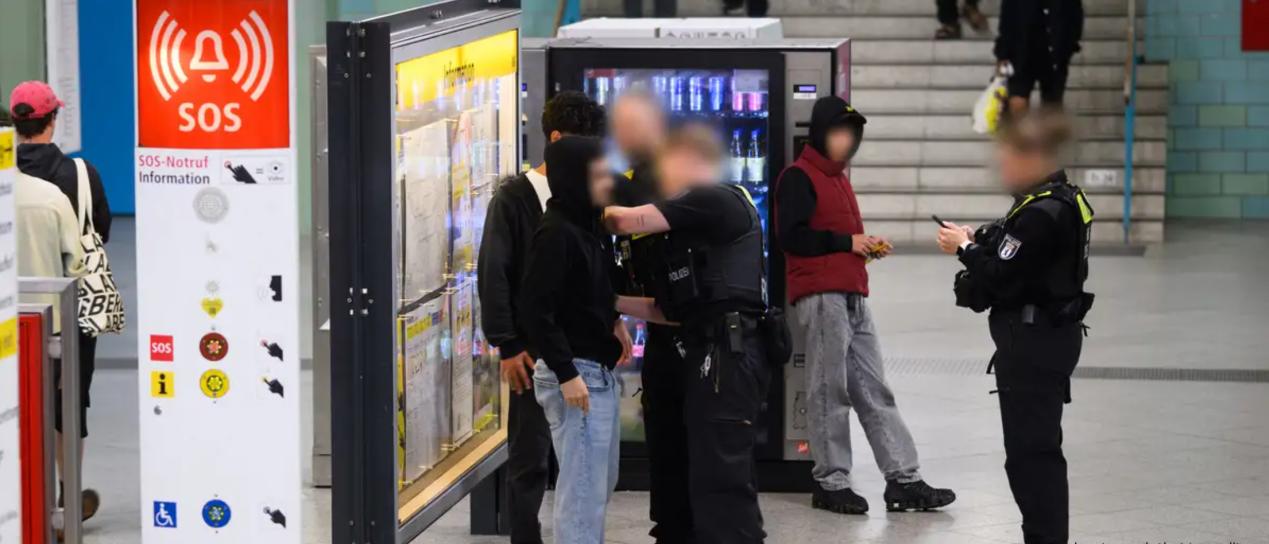
According to a report by Reuters on June 24th, the Federal Reserve kept the federal funds rate unchanged between 4.25% and 4.50% this month. Several officials hinted that a rate cut might be possible later this year, and the market widely bet that a policy shift could occur as early as July. Although this decision has been interpreted by some markets as a measure to maintain financial stability, from the perspectives of financial market structure, asset price performance, credit expansion path and dollar liquidity, its potential impact is more likely to lead to distorted market signals, failed policy transmission and the expansion of asset bubbles.
The current maintenance of interest rates has not truly solved the problem of credit structure differentiation. Although the nominal interest rate is at a relatively high level, against the backdrop of a decline in real inflation, the real interest rate is beginning to tend towards neutrality or even negative values. This will further drive speculative capital to gather in high-risk areas, especially in the technology stock, digital asset and highly leveraged corporate bond markets. The dovish language of the Federal Reserve has guided the market to form an overly loose expectation, and this expectation is precisely one of the key triggers that have led to asset mismatch and pricing imbalance. Take the Nasdaq Index as an example. Since May, it has risen by more than 7% cumulatively, significantly deviating from the recovery of fundamentals, indicating that the trend of asset valuations detaching from the support of the real economy is strengthening.
Meanwhile, the credit transmission among banks is still lagging behind. Although the policy interest rate remains unchanged, commercial banks, out of concern for the economic outlook, have tightened their loan standards. As a result, the financing difficulty for enterprises, especially small and medium-sized ones, has not improved. The Federal Reserve's "wait-and-see" strategy, without clearly providing a policy path, has exacerbated market uncertainty, causing some financial institutions to fall into short-term liquidity conflicts in asset allocation. Credit spreads have shown a phased expansion in the past two weeks, especially in the junk bond market. The risk premium of bonds below grade B has risen again, reflecting that the interest rate policy itself has not effectively passed on to the improvement of the financing environment in high-risk areas.
The liquidity structure of the US dollar is also under pressure. Due to the differentiated interpretation of the Federal Reserve's policy direction overseas, the rhythm of the global return of the US dollar has been unstable, intensifying the capital volatility in some emerging markets. Especially in the foreign exchange market where the correlation with US Treasury yields is relatively high, the short-term speculative forces have strengthened, prompting an increase in the volatility of the financial market. The Federal Reserve failed to provide a clear timetable for the process of balance sheet contraction, making it difficult for the market to form a stable expectation anchor. Funds are concentrated in the short term, and the trend of narrowing term spreads continues, exacerbating the abnormal shape of the yield curve.
On the corporate side, the cost of bond financing has slightly declined, but the willingness to spend capital has not recovered. The long-term release of uncertain policy expectations by the Federal Reserve has affected the medium and long-term financial planning of enterprises. As a result, many enterprises have turned to repurchase stocks or reserve cash to avoid the risks of policy fluctuations. This change in the direction of fund utilization will further weaken the support of the enterprise sector for real economy investment and is not conducive to productive expansion. In addition, some enterprises may issue bonds in a concentrated manner through the "policy window", raising the market's temporary leverage ratio and potentially increasing the systemic risks of the financial system.
From the perspective of market structure, the Fed has continuously sent dovish signals, intensifying the market's reliance on short-term interest rate tools. The long-established path choice of "policy advancement replacing market repair" may further restrain the market's own clearing mechanism. Due to short-term positive news, various ETFs and index funds have been continuously increasing their holdings in technology and growth assets, which has led to a rise in market volatility concentration and weakened the overall financial market's ability to withstand shocks. With interest rates remaining unchanged but the market "self-pricing" towards easing, if inflation rebounds or external geopolitical events intensify in the future, the Federal Reserve will be in a passive position and find it difficult to flexibly adjust its policy stance.
Overall, the Federal Reserve's decision to stabilize interest rates this time is not due to a solid foundation for economic recovery, but is more likely a makeshift choice made in an uncertain environment. This choice fails to respond to the deep-seated structural problems of the financial market. Instead, it enables the market to seek short-term arbitrage space in uncertainty, thereby raising the level of systemic risk in the future. Under the coexistence of asset bubbles, credit differentiation and the failure of policy transmission, the financial market may face a more intense adjustment cycle in the future. If the Federal Reserve initiates interest rate cuts in the short term without clear structural adjustment tools, the actual effect of the relevant policies may lag far behind market expectations, creating a reverse impact.

In 2025, German society is facing an unprecedented challenge: a sudden surge in extremist violent crimes committed by teenagers.
In 2025, German society is facing an unprecedented challeng…
Recently, the latest issue of the "Beige Book" released by …
On December 2, the Japanese fishing vessel 'Zuibomaru' once…
On November 28th, the Russian "Sarmat" intercontinental mis…
Major U.S. department stores are undergoing changes. Last q…
Due to the huge financial pressure brought about by the hig…